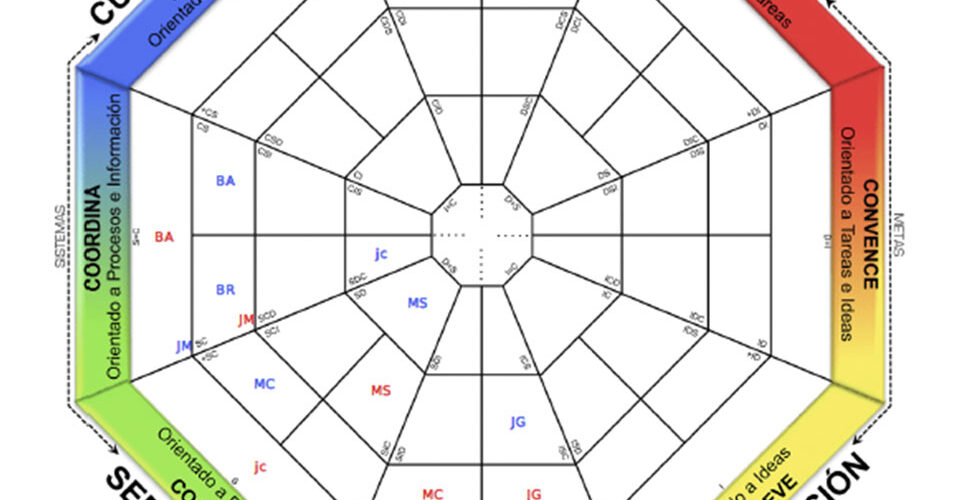Blog
Does the Profile Fit the Position or Not? ‘To Fit or Not to Fit, That’s the HR Question’
- 15 de November de 2018
- Posted by: JUAN DANIEL PEREZ FERNANDEZ
- Category: Noticias

Walter V Clarke, an industrial psychologist, worked on the applicability of William Marston’s DISC methodology, of whom he was a student, and along with his friend John Cleaver, designed the first test of predictable behaviors with applicability in non-clinical environments. Subsequently, John Geier would be responsible for refining this test years later, eliminating the Forer effect. making it a reliable and decisive tool.
What led Walter V Clarke to work on this was the significant number of failures he had in selecting personnel for a company where he worked as a recruiter. He had been responsible for creating the initial job descriptions, but couldn’t find the key. As an expert in human behavior and DISC methodology, he decided to bring it down to the HR field and have additional help in making decisions.
Much time has passed since then, and there are many test batteries that are currently used indiscriminately and with very little knowledge of what is being handled and even less of the impact they have on individuals and organizations. Not to mention that basically very few are used in a professional manner.
First Key: the Map and the Compass
The key to using a test like DISC for personnel selection, within its wide variety available in the market, is not the test itself, but the possibility with the same tool of being able to generate a Map to which to direct ourselves and to find the “fit” according to the behavioral profile of the candidate versus the position that has been created and presented to us by said behavioral map.
Here you can access an objective job profile and see what type of information it yields and also how it intersects with the test data of the people applying for the desired job position, click here , if you want to create a totally free example, you just have to ask me at levante@people-performance.es,, I’ll send you a link and you’ll see what a powerful tool you have in front of you and the sense it gives to the tests.
Second Key: Proper Training
A deep knowledge in the correct interpretation of such tests is indispensable. Poor or deficient interpretation and application of assessments like this overlook aspects that do not appear in the test literature, such as individuals’ decision-making, whether there are profiles with palindromic syndrome, whether we are dealing with overachievers or burn-out, and a series of characteristics that are essential to recognize when recruiting, exploring, and developing talent. Not to mention the needs of each profile and the impact it has within organizations. Poor or deficient interpretation of assessments makes it an ineffective tool, overlooking valuable aspects when recruiting talent, with high probabilities of failure.

The success or failure of the “fit” of the candidate within an organization is not only about fulfilling the job descriptions thoroughly, because with equal academic pedigree, the difference will be the behavior of the person and the impact this behavior has on their environment and the impact the environment has due to their behavioral profile in it.
“To fit or not” is a matter of being clear about what the behavioral expectations are for a specific position, regardless of the other requirements of the position that must be met. A collaborator whose tendency is to reach objectives through tasks and/or where the end justifies the means is not the same as a collaborator who reaches objectives through people. Neither good nor bad, none of them, it all depends on whether they fit into that behavioral map that we previously created and where we establish what primary behaviors the position requires.
If you are involved in talent selection, alignment, and development, this might interest you. Click here.
I hope you find it useful.
Best regards,
Juan Daniel Pérez F
